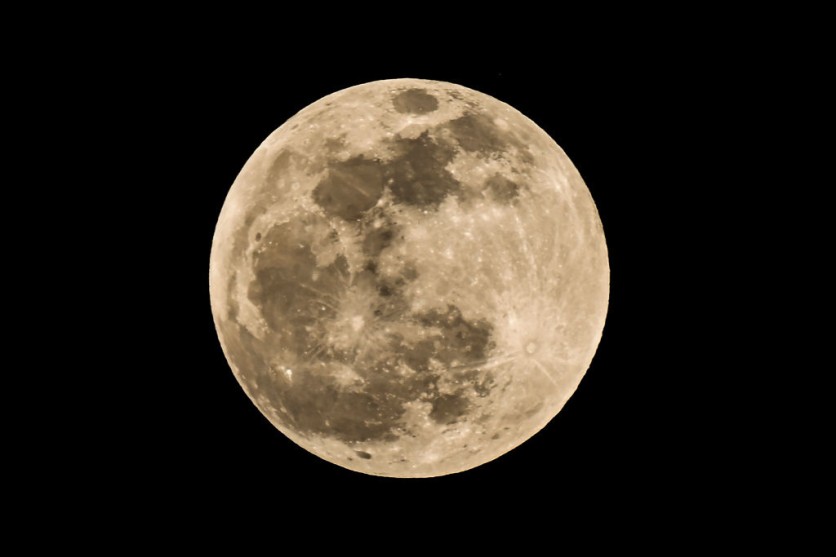Beyond its dark and light patches and all its wondrous quirks, the Moon is enveloped with more mysteries than we know.

Patches From The Past
Even though the Moon might be geologically dead, scientists believe that it was much more active billions of years ago when it was mere hot lava that eventually spread to thousands of square kilometers of the Moon's surface. According to Universe Today, the dark patches visible on the Moon or also known as a mare (translated as "seas") are a result of its active past.
A recent study from the University of Colorado Boulder suggested that active volcanoes from billions of years ago have left a lasting mark on the Moon's surface - sheets of ice that dot the Moon's poles and spread in different places, which could measure dozens to hundreds of meters thick.
According to Andrew Wilcoski, lead author of the scientific study, his team envisions the sheets as a "frost on the Moon that built up over time."
The study employed computer models to recreate the environment of the Moon before complex life began on Earth. The researchers found that ancient Moon volcanoes blasted huge amounts of water vapor that became surface-forming stores of ice that may still be present in lunar craters.
If there were humans during that time, they could have seen a silver shine of that frost gleaming near the border between day and night found on the Moon's surface, according to Universe Today.
This discovery is another one for the books as it adds to a body of evidence indicating that the Moon might have been washed with more water than scientists once believed. A study back in 2020 titled "Micro cold traps on the Moon" estimated that almost 40,000 square kilometers or 25,000 square miles of the lunar surface can keep and trap ice mostly in its north and south poles.
The only catch is that the study has not indicated where the water originated from. But the authors of the study said that their discovery could make the Moon a water source for future explorers who need water to drink while in orbit.
Shackleton's Dark Secrets
Universe Today supported the study's hypothesis that ice is found within the Moon's north and south poles because the Moon's axial tilt is 1.5 degrees in contrast to Earth's axial tilt of 23.5 degrees.
This means that craters in the north and south poles of the Moon could barely receive sunlight or possibly none at all. Hence, there could be ice found within the craters in the permanently shadowed regions (PSRs) of the Moon - areas that are extremely cold since it never experiences direct sunlight.
The Shackleton Crater, for example, is permanently shadowed inside even though its rim is almost enveloped in permanent sunlight. Many missions have examined the crater using cameras, sensors, radar, and many more to unravel its dark secrets.
These studies about water on the Moon will help the return of astronauts to the lunar surface, particularly through NASA's Artemis program, which is aiming to land the first woman and person of color on the Moon.
But for now, mysteries of the Moon ensue: if there is indeed ice on the Moon, how much ice is in it? How much ice is found in the Shackleton Crater? And will astronauts use this ice in their future space explorations?
For now, these questions remain unsolved.
This article is owned by Tech Times
Written by Joaquin Victor Tacla




![Most Useful Google Chrome Keyboard Shortcuts You Need to Know to Improve Your Browsing Experience [2024]](https://d.techtimes.com/en/full/449047/most-useful-google-chrome-keyboard-shortcuts-you-need-know-improve-your-browsing-experience-2024.jpg?w=184&h=103&f=476d29fd60df70a67f6679f99a2ca6d0)